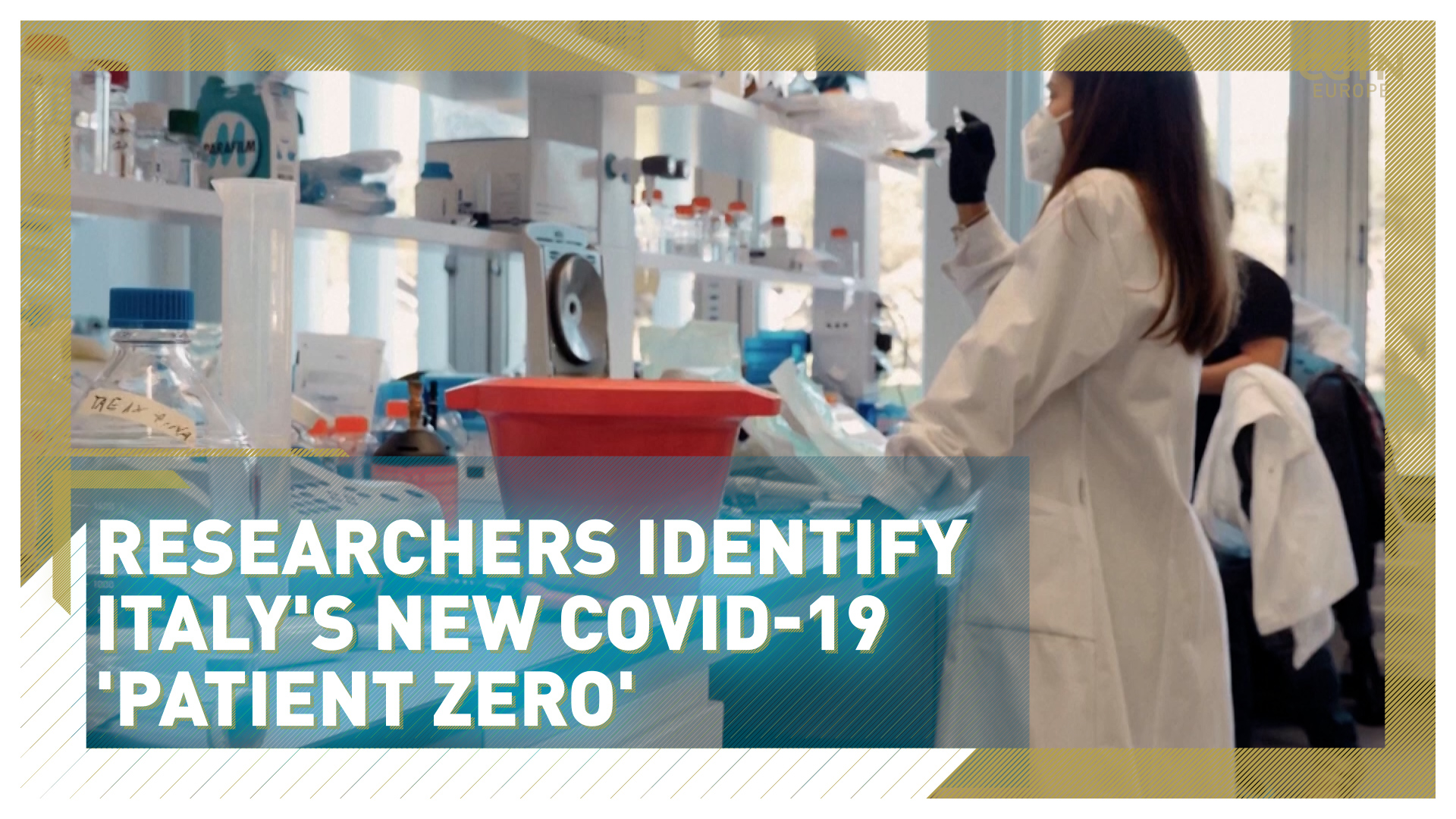02:11

Researchers in Italy are confident of finding further evidence that COVID-19 was in circulation months before the first clinical case in February 2020.
It comes as a 25-year-old woman from Milan has been identified as the country's new "patient zero" who had a COVID-19 infection on November 10, 2019.
"We are really proud to have been a part of this research," Giovanni Fellegara, a pathologist at the Italian Diagnostic Center, told CGTN Europe. "It was a big team effort between professionals of three organizations."
The study – carried out by the University of Milan, the Italian Diagnostic Center and the European Institute of Oncology – re-tested the woman's unresolved biopsy for dermatosis.
Fellegara explained that COVID-19's "fingerprints" were found in the skin tissue.
"We initially participated in a study of COVID-19 patients finding virus proteins inside sweat glands, and then we looked for the same fingerprints in skin biopsies made before the pandemic," Fellegara said.
"We found a patient in November 2019 who had the same chemical characteristics with what was found in patients with COVID-19," he added.
The findings are crucial for understanding Italy's initial phase of coronavirus infection.

Last month, scientists at the University of Milan diagnosed a four-year-old boy retrospectively.
He presented to hospital with breathing difficulties and a rash at the end of November 2019 and doctors suspected he had measles.
One year later, his sample was tested for SARS-CoV-2, the virus that causes COVID-19, and found to be positive.
Another study of wastewater also detected traces of the virus in December 2019 in the cities of Milan and Turin. A national surveillance system was subsequently set up to determine "hotspots" around the country.
Researchers say slowly but surely, more pieces of Italy's pandemic puzzle will be revealed.
Fellegara hopes that their discovery creates a possibility of collaboration with other research groups and says their findings are therefore not a point of arrival but a starting point for other observations.
"For example, the National Cancer Institute of Milan has already demonstrated the existence of antibodies in patients as early as September 2019," Fellegara said.
"Our study is important because we found the same thing in tissue in a patient who had a dermatological clinical manifestation and we know that the dermatological disease can alert the COVID-19 infection," he added.

